Geotextile Non Woven Fabric: Industry Knowledge Q&A
Discover geotextile non woven fabric uses, specifications, and market trends for civil and environmental engineering projects.
Tel: +86-411-39569550 | E-mail: info@geofantex.com/geofantex@gmail.com

Discover geotextile non woven fabric uses, specifications, and market trends for civil and environmental engineering projects.
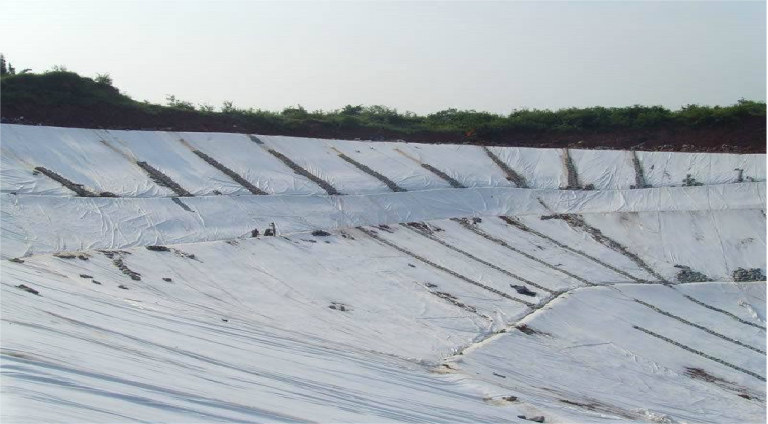
Explore non-woven geotextile fabric uses, specifications, and market data for engineers and civil projects.
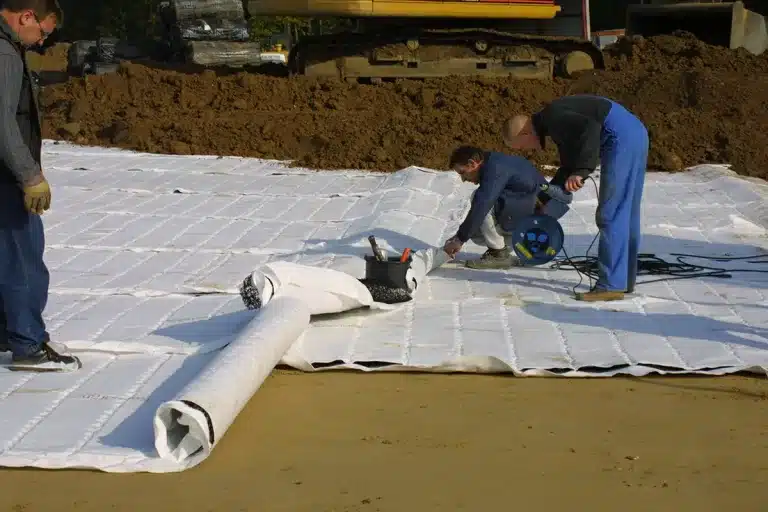
Discover real-life geosynthetics projects using geocomposite drain for landfill, highway, and retaining wall water management.

Explore real-life geosynthetics cases using drainage composite for landfill, highway, and green roof water management solutions.
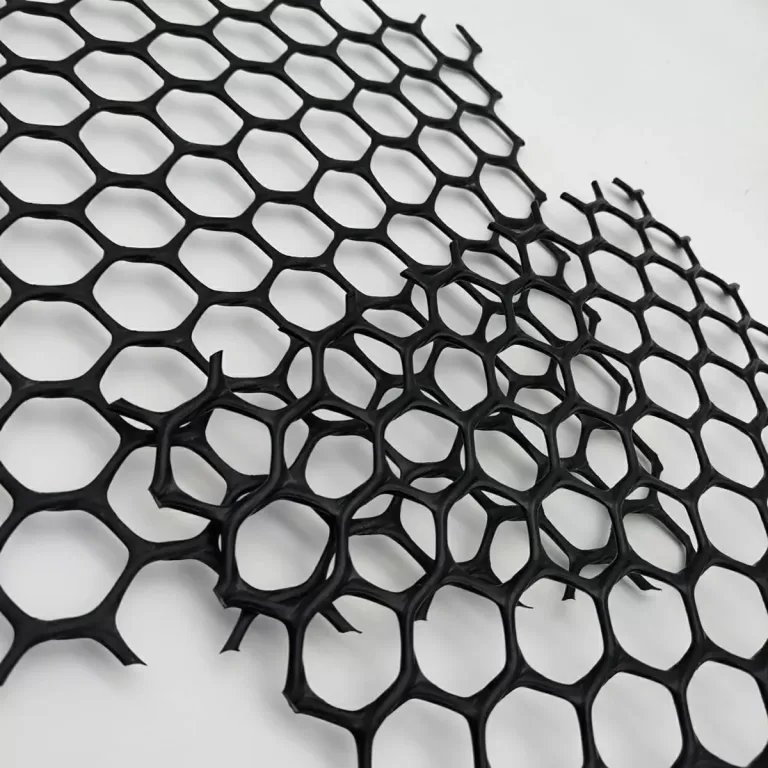
Explore the top geonets uses for drainage and soil management. Get expert advice and high-quality products at Geofantex.
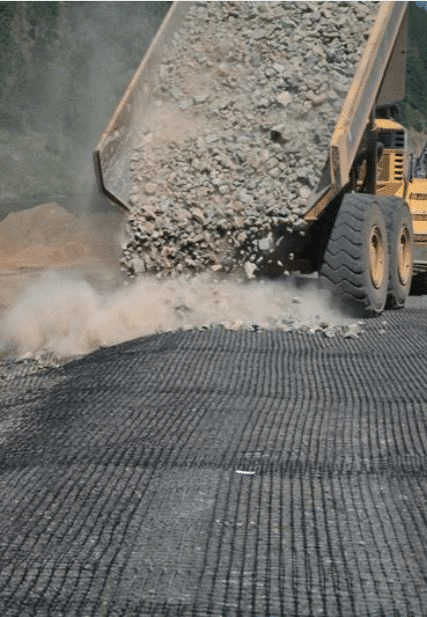
Discover the difference between geogrids and geonets and choose the right geosynthetic for reinforcement or drainage.
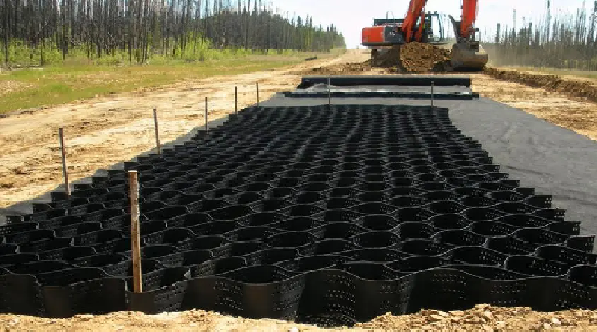
Geocell reinforcement improves soil stability and erosion control. Learn how to buy geocell correctly for roads, slopes.
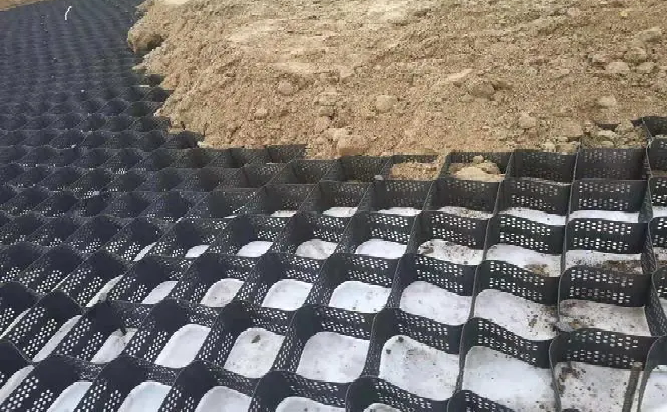
Geo geocell provides efficient soil stabilization and erosion control for roads, slopes, and channels, enhancing project durability.
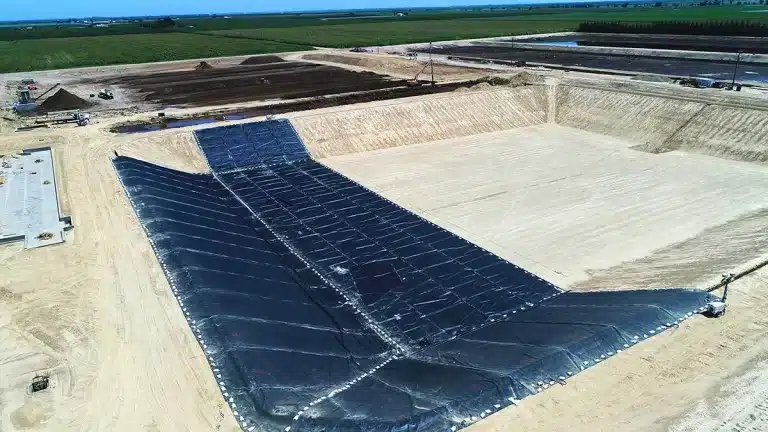
Select the geomembranes best supplier for durable geosynthetics projects with reliable support and logistics.
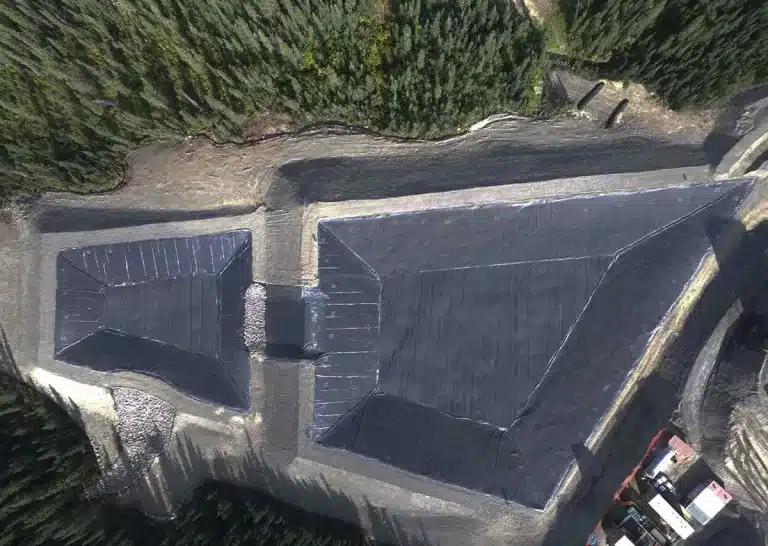
Select the geomembranes best supplier for durable geosynthetics projects with reliable support and logistics.
End of content
End of content
WhatsApp us